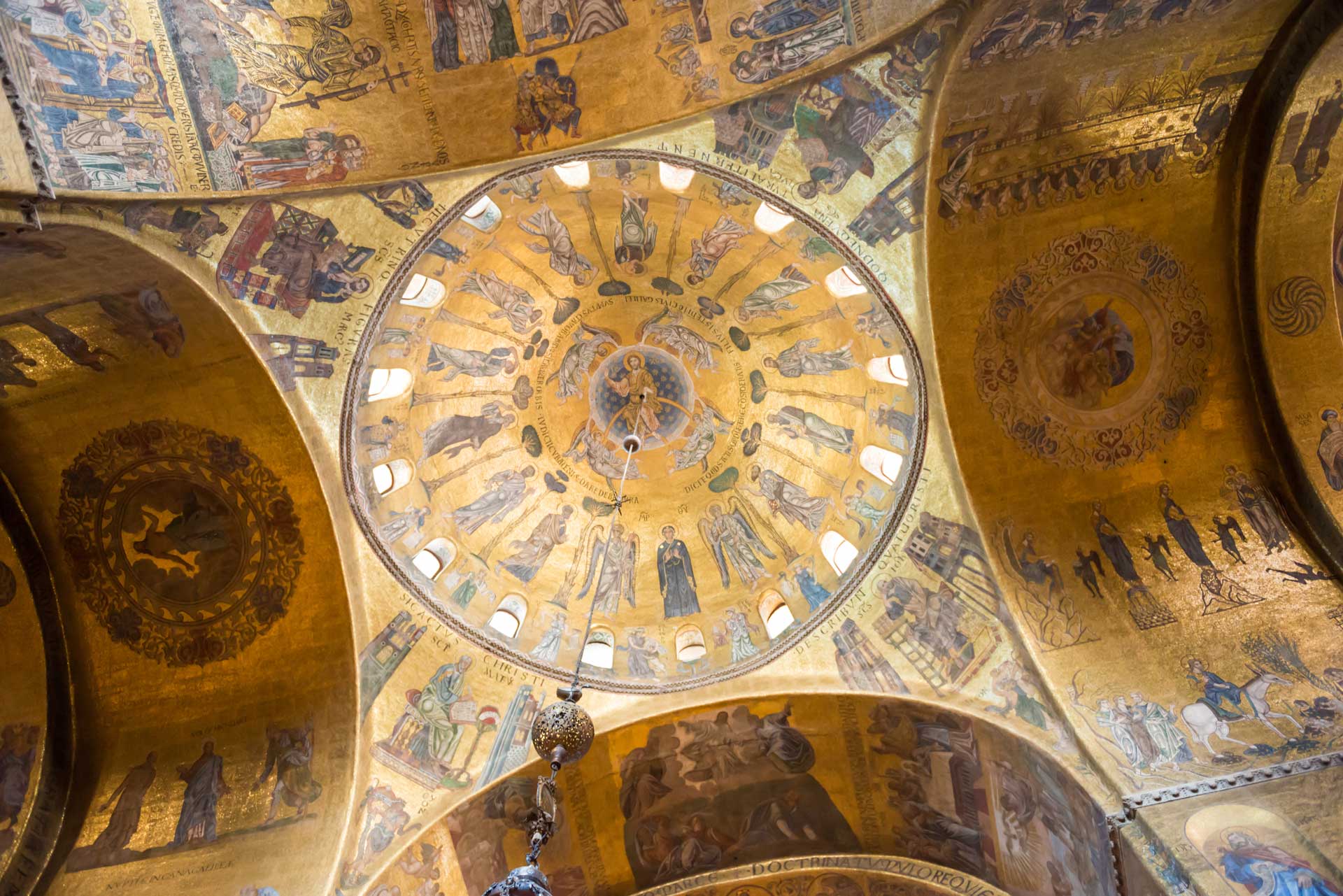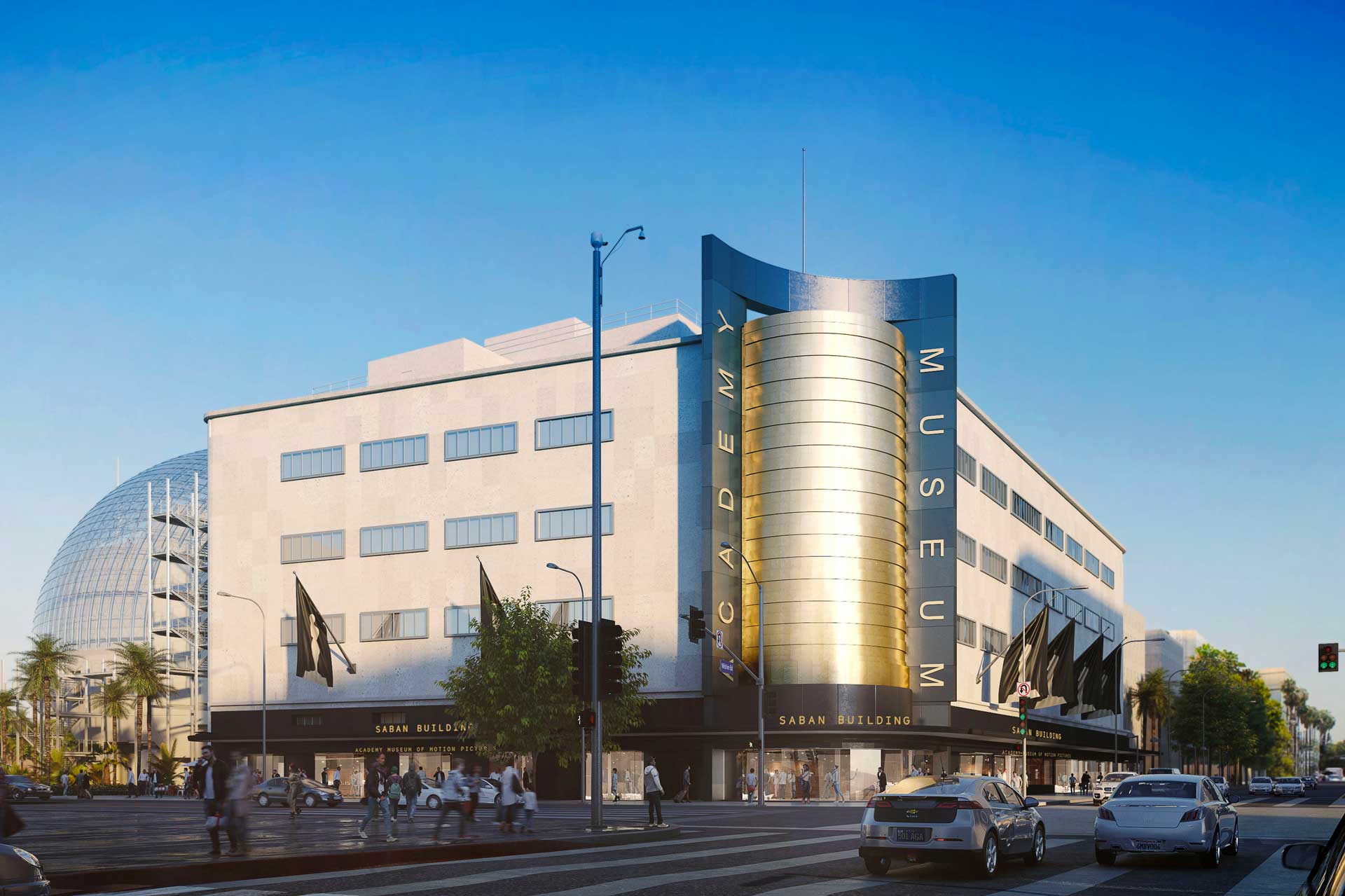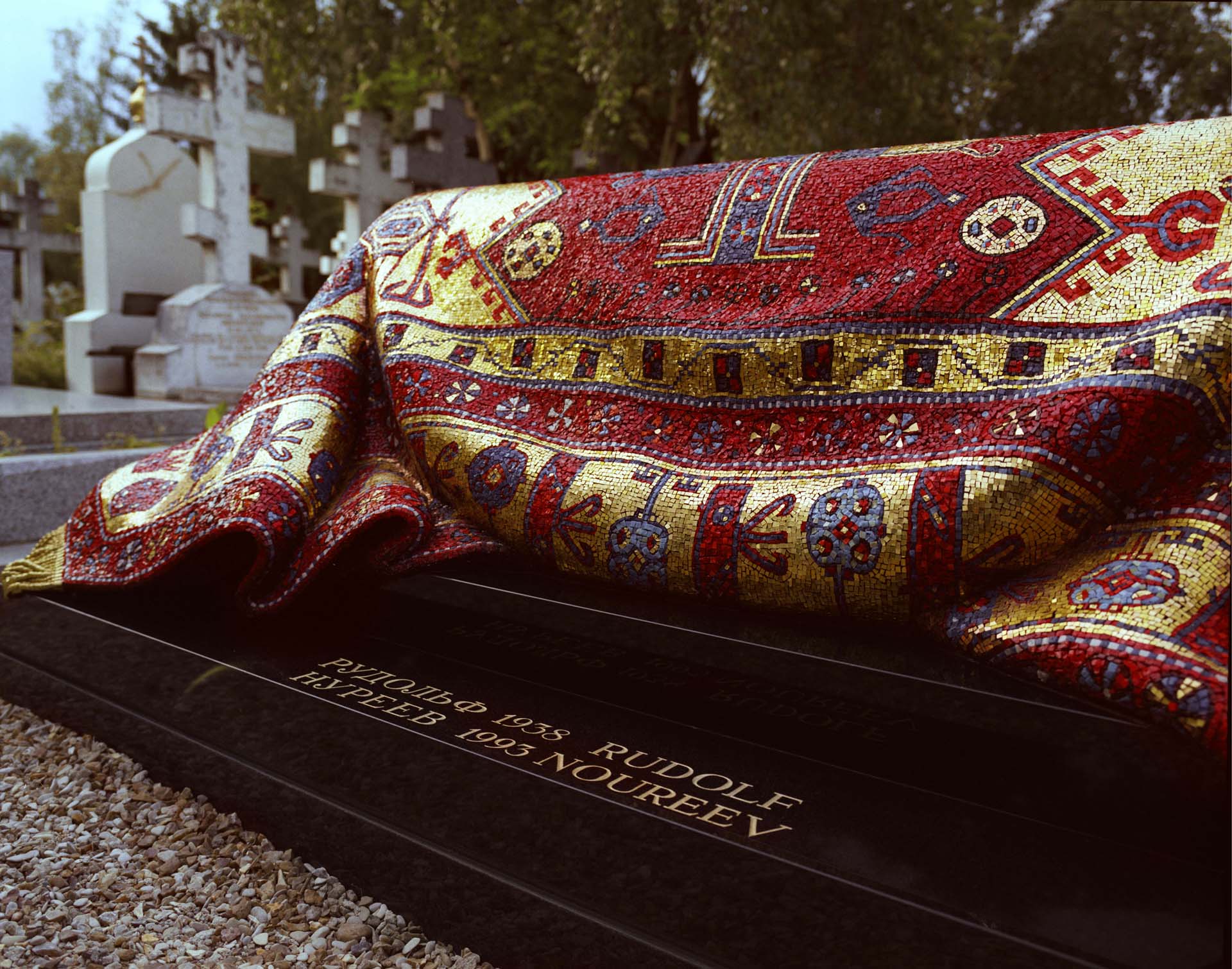
St. Mark’s Basilica in Venice is one of the most extraordinary examples of Byzantine architecture in Italy, renowned worldwide for its spectacular mosaics. These mosaics, covering a surface of over 8,000 square meters, represent one of the largest collections of Byzantine mosaic art outside Istanbul.
The construction of the basilica began in the 9th century, but the mosaics we see today were primarily created between the 11th and 13th centuries. These mosaics were crafted by Byzantine and Venetian artists who worked together to create a masterpiece that represented the power and devotion of the Republic of Venice.
Since 1888, the Orsoni furnace has been producing the glass enamel and gold leaf tesserae for the conservation restoration of the mosaic cycles on the domes and facade of St. Mark’s Basilica.


The mosaics of St. Mark’s Basilica are composed of colored glass and gold leaf tesserae, which give the artworks a luminous and sparkling appearance. The gold tesserae are used to create backgrounds that reflect light, enhancing the sacred figures and scenes depicted. This technique not only creates an extraordinary visual effect but also symbolizes divine light and spirituality.

ICONOGRAPHY AND THEMES
The Pentecost dome is one of the most impressive, with the Holy Spirit depicted as a dove descending upon the apostles in the form of tongues of fire. On the sides, various peoples of the world listen to the Christian message in their languages, symbolizing the universality of the faith.
In the Ascension dome, Christ is depicted seated on a rainbow and carried to heaven by four angels, surrounded by the twelve apostles and the Virgin Mary. This scene celebrates the triumph of Christ and his ascension to heaven, a central theme in Christian theology.
The walls of the central nave and side chapels illustrate episodes from both the Old and New Testaments. These visual narratives include the Creation, the life of Christ, his Passion, Death, and Resurrection. Each scene is richly detailed and designed to educate and inspire the faithful.
In the presbytery, the central dome features prophets around Mary. Isaiah and David are among the most prominent, with Isaiah prophesying the birth of Emmanuel and David proclaiming the kingship of the future King. These mosaics underline the continuity between the Old Testament prophecies and their fulfillment in the New Testament.

CONSERVATION AND RESTORATION
Over the centuries, the mosaics have undergone various restoration interventions to preserve their beauty and integrity. One of the most significant took place between 1865 and 1875, during which many of the damaged mosaic surfaces were restored.
One of the most recent and significant interventions was completed in 2018 and involved the mosaics of the central portal of the narthex of the Basilica. This restoration was necessary due to damage caused by high waters and humidity, which had caused the detachment of the mosaic tesserae from the wall support. The restoration, supervised by Ettore Vio and Mario Piana, included the consolidation of the tesserae and cleaning with basic compresses to remove impurities without damaging the original materials.
The restorations of the mosaics of St. Mark’s Basilica represent a continuous and complex commitment to preserving one of the world’s greatest artistic and cultural heritages. Thanks to the joint efforts of experts and funders, these mosaics continue to shine, telling the story and spirituality of Venice through the centuries.
The museum, which is the largest institution in the world dedicated to cinema, offers visitors an immersive experience through permanent and temporary exhibitions, two state-of-the-art theaters, and spaces dedicated to education and special events. This ambitious project not only celebrates the history of cinema but also creates a meeting place for enthusiasts and scholars from all over the world.
CREDITS
Head of Restorations
Procuratoria di San Marco di Venezia
Photo
Orsoni Venezia 1888
Adobe Stock / Ph. Pavlo Vakhrushev
Video
D’Uva Firenze


